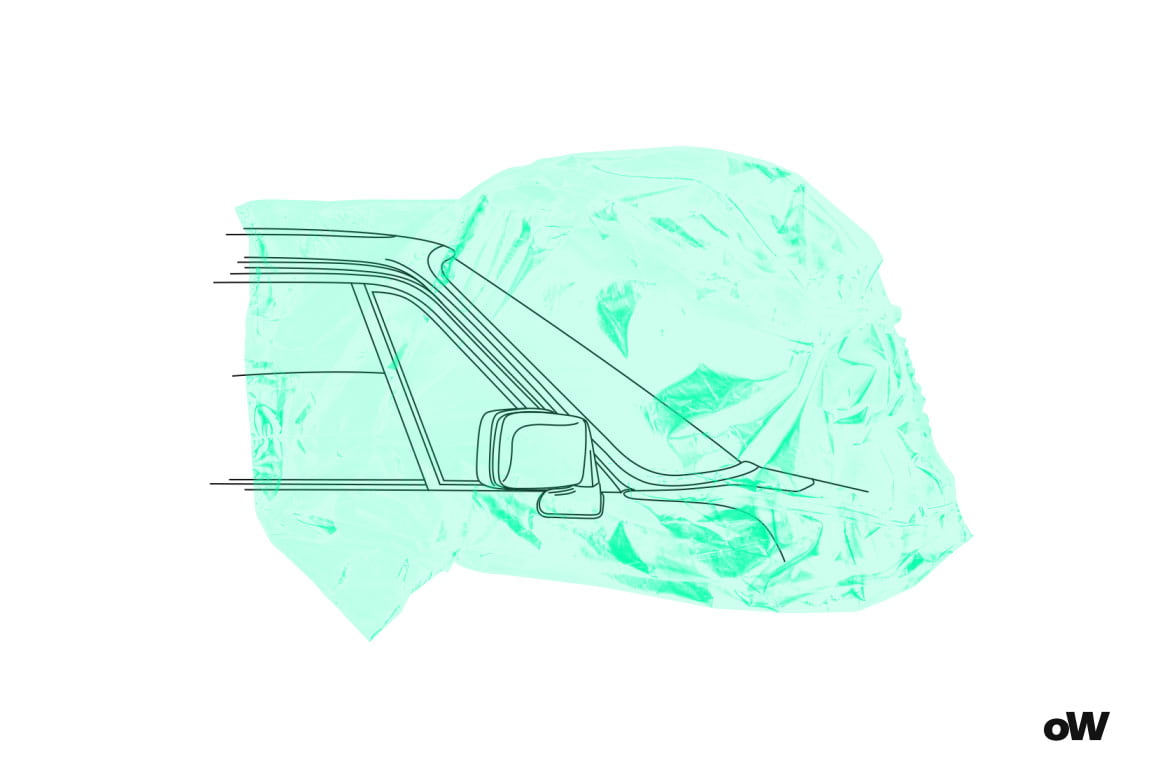Quiz: Who Made These Rare and Unusual Cars?

Have you ever wondered about that car that flashed by in an old movie and made you raise an eyebrow in surprise? Or about that strange concept car you accidentally saw in a photo online and thought: “Did they really plan to release this on the roads?” The world of automobiles hides amazing treasures – cars produced in single examples, vehicles with gull-wing doors, six-wheeled monsters, and tiny microcars the size of a sofa. Behind every rare and unusual car stands its own story, often no less fascinating than the design itself. Our quiz invites you on an exciting journey through the most hidden corners of automotive history to test: how well do you know those who dared to think outside the box?
How the Quiz Works
Our “Who Made These Rare and Unusual Cars?” quiz is an engaging interactive test consisting of 13 questions of varying difficulty. Each question is accompanied by a photo of a rare or unusual car, and your task is to determine its manufacturer from four suggested options.
The questions are divided into three difficulty levels:
- Beginner level: Relatively well-known rare models from major manufacturers.
- Advanced level: Little-known concept cars and limited series.
- Expert level: Real automotive “unicorns” – models known only to true collectors and experts.
For each correct answer, you receive 1 to 3 points depending on the question’s difficulty. After completing the quiz, you will not only learn your score but also gain access to detailed information about each car from the test: the history of its creation, technical specifications, and interesting facts. You can also share your results on social media and challenge your friends to a friendly competition.
The quiz is adapted for both mobile devices and desktops, allowing you to test your knowledge in any convenient place. Great news for those who like to take tests during lunch breaks or on public transport!
The History of Rare and Unusual Cars
The history of unusual cars is as old as the automotive industry itself. Already in the early 20th century, when the automobile itself was still a curiosity, engineers experimented with shapes, engines, and materials. The first electric cars appeared before 1900, and three-wheeled cars could be seen on roads long before the four-wheeled configuration became standard.
The golden era of eccentric cars can be considered the 1950s and 60s, when the post-war economic boom allowed companies to spend significant resources on developing concept cars. This was a time when futuristic designs with fins, dome-shaped cabins, and rocket-like elements seemed harbingers of an imminent space-age future. Many of these cars remained concepts but had an enormous influence on the design of production models.
Interestingly, economic crises often became catalysts for creating unusual cars. The oil crisis of the 1970s gave birth to a whole generation of microcars and super-economical models of strange shapes. At the same time, the luxury boom in the 1980s led to the emergence of exotic supercars with gull-wing doors and futuristic design.
In the modern era, rare and unusual cars are often created as technology demonstrators or means of drawing attention to a brand. Many concept cars today show the possible future of electric vehicles or autonomous driving, while low-volume exclusive models become objects of collection and investment.
Technical Features of Rare and Unusual Cars
What makes a car truly unusual? Often it’s not just the extravagant appearance but also revolutionary technical solutions ahead of their time.
Many rare cars experimented with non-standard power units. For example, turbine engines, which were used in Chrysler prototypes in the 1960s, offered incredible smoothness of operation and a futuristic howl instead of the familiar rumble of internal combustion engines. Wankel rotary engines, although finding limited application in production Mazdas, were a revolutionary concept providing high power with compact dimensions.
Aerodynamics often became a key factor in the design of unique cars. The legendary 1933 Buckminster Fuller Dymaxion with an aerodynamic drag coefficient of just 0.25 (impressive even by modern standards) could reach speeds of up to 90 mph with an engine of only 90 hp. Its three-wheeled configuration with a rear steering wheel allowed the car to turn almost in place.
Body materials also often became a field for experimentation. Cars with bodies made of magnesium alloys, titanium, or even wood presented interesting alternatives to traditional steel. Today, carbon fiber monocoques of supercars seem commonplace, but the first experiments with composite materials in automotive construction were a real revolution.
Unusual transmissions, including early applications of continuously variable transmissions, semi-automatic gearboxes, or dual-clutch systems, often debuted in rare and experimental models before finding their way into mass production.
Examples of Rare and Unusual Cars
Stout Scarab (1936-1946)
One of the first minivans in history, ahead of its time by several decades. In this futuristic car with a streamlined aluminum body, the engine was located at the rear, freeing up space for a spacious cabin with seats that could be rearranged. Fewer than ten examples were built, and today they are among the rarest and most valuable collector cars.
Tucker 48 (1948)
A revolutionary American sedan with a central headlight that turned with the steering wheel, a rear-mounted engine, and numerous innovative safety features, including seat belts and a crash-absorbing dashboard. Production ceased after only 51 examples were made due to financial difficulties and pressure from major automakers.
Citroën DS (1955-1975)
Although this car was mass-produced, its futuristic design and revolutionary hydropneumatic suspension make it one of the most innovative cars of all time. The DS could maintain a constant ground clearance regardless of load and road conditions, and could even continue driving with a punctured tire.
BMW Isetta (1955-1962)
A microcar with a single door located… at the front! The entire front of the car, along with the steering column, opened to allow the driver to enter and exit. This tiny “bubble car” with a motorcycle engine helped BMW survive in the difficult post-war years.
Amphicar (1961-1968)
The only mass-produced civilian amphibious car. This unusual vehicle could drive on roads at speeds up to 70 mph, then swim in water at speeds up to 8 mph thanks to two propellers. About 4,000 examples were produced, and President Lyndon Johnson loved to scare guests by pretending to lose control and driving his Amphicar straight into a lake.
Aston Martin Lagonda (1976-1990)
This futuristic sedan with a wedge-shaped design was one of the first cars with a digital dashboard and touch control elements. Its electronics were so complex for their time that they constantly malfunctioned. Despite all the issues, this car became an iconic example of 1970s design and a rare collector’s item.
These and many other amazing cars await you in our quiz. Ready to test your knowledge in the world of rare and unusual cars? Start the quiz right now and discover the fascinating stories of automotive extravagance!
Questions Overview
- Opel
- Audi
- Peugeot
- Ford
- BMW
- Datsun
- Fiat
- Honda
- Opel
- Mazda
- Ford
- Mercedes
- Borgward
- Maserati
- Aston Martin
- Ford
- Subaru
- Ford
- Fiat
- Opel
- Fiat
- Mercedes-Benz
- Peugeot
- Volkswagen
- Audi
- BMW
- Jaguar
- Alfa Romeo
- Honda
- Subaru
- Fiat
- Mini
- Maserati
- Audi
- BMW
- Hyundai
- Honda
- Subaru
- Opel
- Nissan
- Volkswagen
- Isuzu
- Suzuki
- Honda
- Maserati
- Reliant
- Daihatsu
- Subaru
- Mazda
- Fiat
- Honda
- Suzuki






